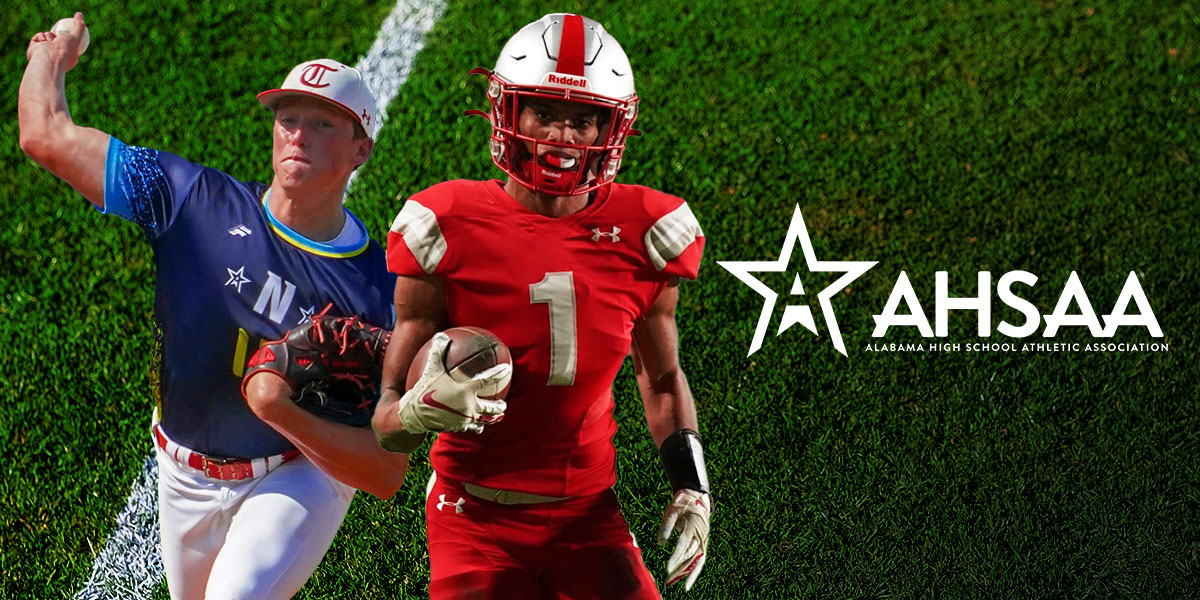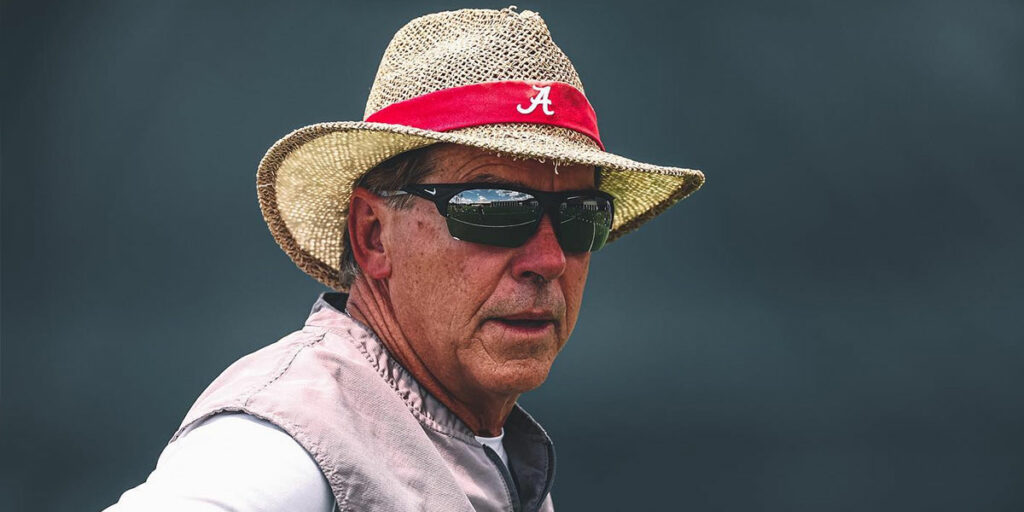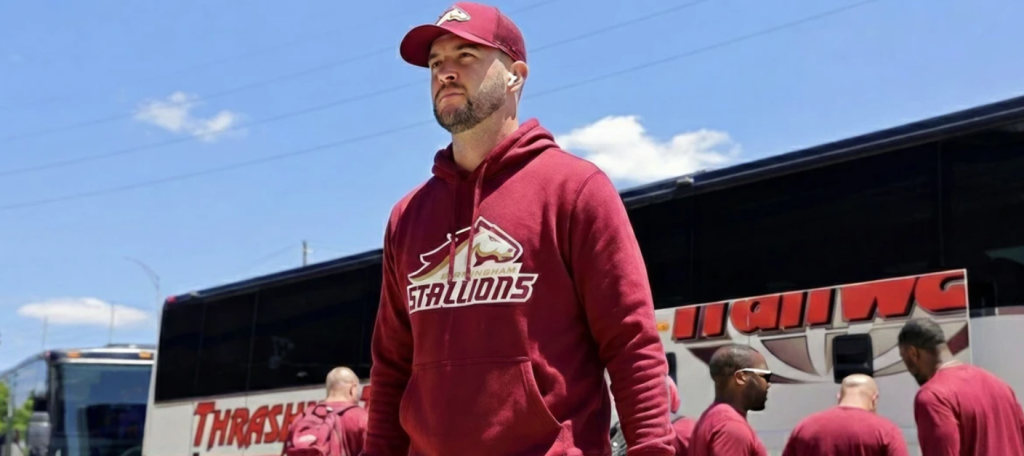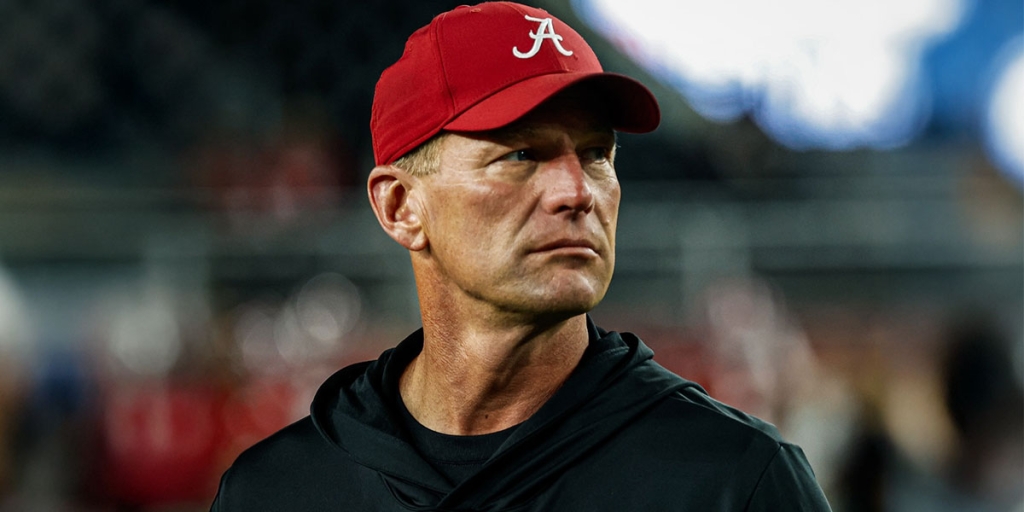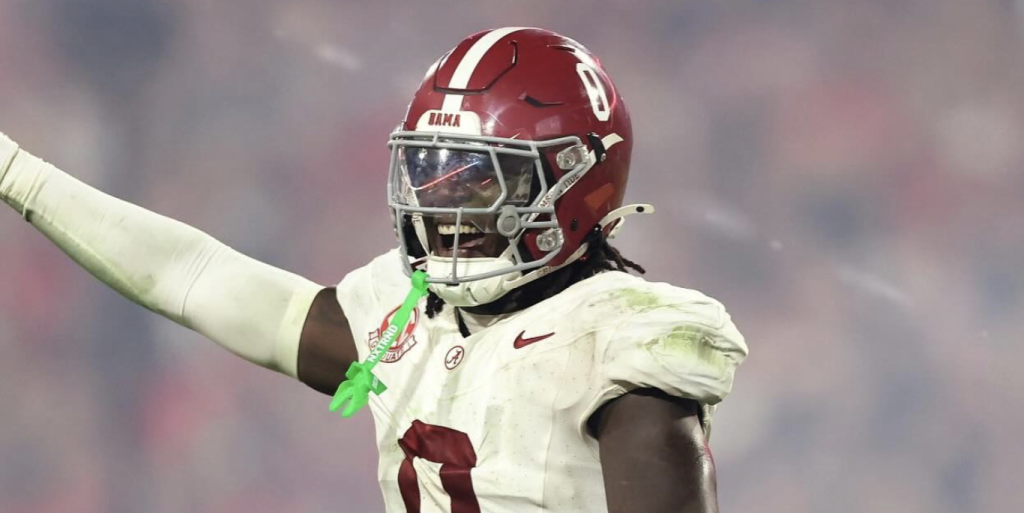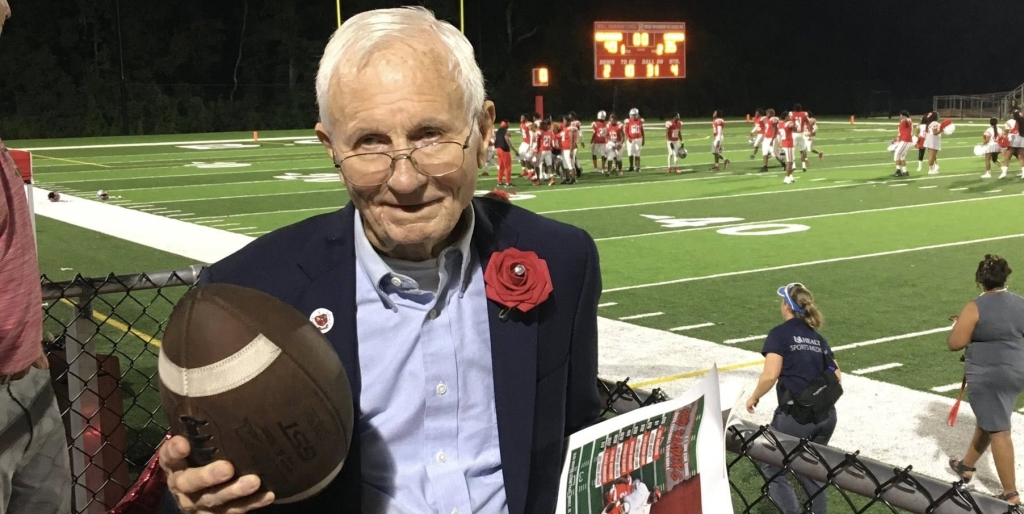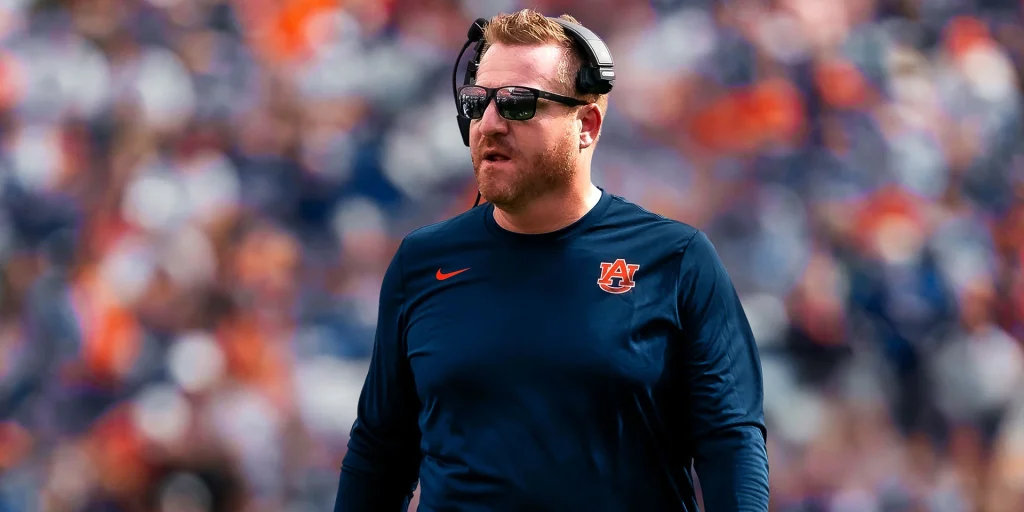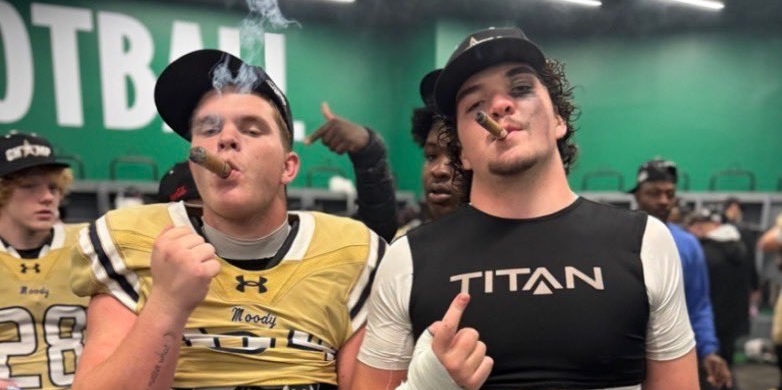Growing concern about transfers in high school sports, especially football, might be an overreaction, an official with the Alabama High School Athletic Association says.
“The perception is not reality,” said Kim Vickers, the AHSAA’s associate executive director and eligibility coordinator. “The perception is that schools are recruiting players but the reality is that the parents are shopping them around. They think their son is going to be the next Bo Jackson if they move somewhere else. We hear it all the time. We’ll ask why they transferred and they’ll say, ‘I’ll have a better chance at a college scholarship somewhere else.’ Then we’ll say, ‘If you’re good enough, you’ll get a college scholarship no matter where you are.’”
There are other capricious reasons that lead to sudden transfers.
“A player gets mad because he couldn’t play the position he wanted, so he wants to go to another school and play it,” Vickers said. “Or the facilities are better or that other team’s record is better. We’re seeing that more often.”
Athletic transfers are expected to reach as high as the upper 3,000s in state schools this year but that is an average number which has not fluctuated wildly since 2016, according to Vickers.
“The transfer numbers have not changed dramatically since 2016 and I don’t think we’ll see a large percentage of change,” Vickers said during a roundtable discussion of high school sports issues at the AHSAA’s headquarters on Aug. 14.
She said the public is more aware of transfers now because players have massive platforms on which to announce their moves.
“The difference is that people know about it now because of social media,” Vickers said. “Players will go on social media and announce they are transferring to another school. They’re imitating what the college athletes do when they go into the transfer portal.”
Vickers said the AHSAA counted 3,659 transfers when it started examining data submitted by all schools in 2016.
“We haven’t counted this year yet but I think we’ll see the average in the high 2,000s to high 3,000s,” Vickers said, adding: “You’d be surprised but we see a higher number of transfers to public schools where they’re not zoned to attend than to private schools.”
While Vickers said most transfers are done properly and for the right reasons, she acknowledged the AHSAA knows nefarious forces are at work and needs help rooting them out.
“Are there times players are enticed? Yes,” she said. “But proving it is difficult.”
New AHSAA Executive Director Heath Harmon emphasized again that he will enforce the rules, even if it is unpopular.
“We are committed to the enforcement of our rules,” he said, a mantra he has repeated since ascending to his position of leadership. “We want to be progressive but also protect that which makes you what you are.”
The AHSAA has five investigators who are retired independent contractors, Vickers said, but the association does not have subpoena power and can’t build legal cases against violators. It relies on member schools to refer information about alleged rules violations, although the AHSAA can choose to look at suspicious activity without being asked to.
Vickers said the AHSAA wants to give the benefit of the doubt to its member schools.
“We take the mentality that our schools are following the rules,” said Vickers, who played a significant role in starting the AHSAA’s investigative team. “Principals are supposed to ensure the transfers are compliant. We do investigate transfers. You have a situation where school A had 31 transfers and nine were for football and we’ll ask, ‘What’s the deal here? Let’s go check them.’”
Vickers said families now find it much easier to move than 20 or 30 years ago.
“Families are more transient than they were,” she said. “Many of them work from home now and it’s easier to pack up and move. … We see two families that transfer the most — the ones with means and the ones with little means. The ones with means can afford to move and those who don’t have a homestead but live month to month, it’s easy to move.”
In a world of self-aggrandizement sharpened by social media, AHSAA officials often find resistance from defensive parents when questioned about their child transferring.
“We’re in a society where a parent says, ‘You can’t tell me where I can send my child,’” Vickers said. “Parents get frustrated when you question why they moved. They’ll tell us it’s none of our business.”
Investigators sometimes get duplicitous answers.
“If we’re investigating a transfer and we question them about why they transferred, the answer from the parent is usually, ‘I want a better education for him and to have a better opportunity for my child to be seen,’” Vickers said. “So, when we ask, ‘If you were ruled ineligible today at this school, would you be OK with that?’ most are not happy. They will say, ‘No, I want to play football or basketball or baseball,’ and we’ll say, ‘You just said you were here for the academics, so why is there now a problem?’”
Harmon continued to maintain the AHSAA will not rush into a decision to allow NIL (name, image and likeness) benefits to players, as is the case in 39 states, including Florida, Georgia, Tennessee and, in an extremely limited form, Mississippi.
“We are not going to drag our feet but we’re not going to be reckless,” he said. “Other states make mistakes right out of the gate on the amateur rule. We’ve made a commitment to researching it and coming up with a plan. Right now, our amateur rule is you can’t benefit financially from your performance.”
Courtesy of Call News.




